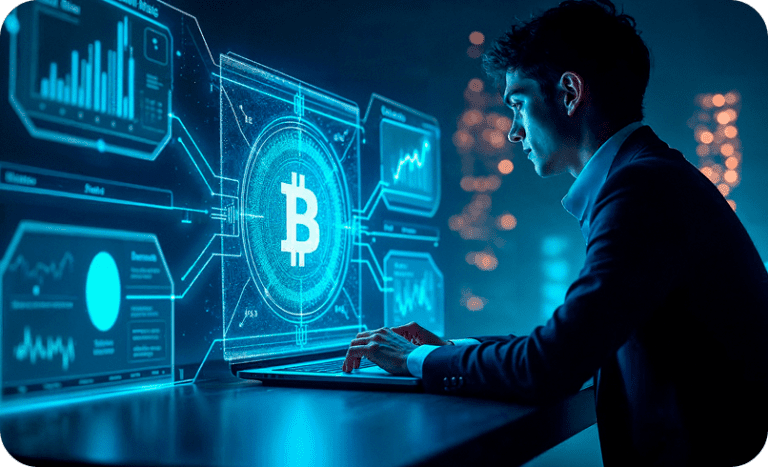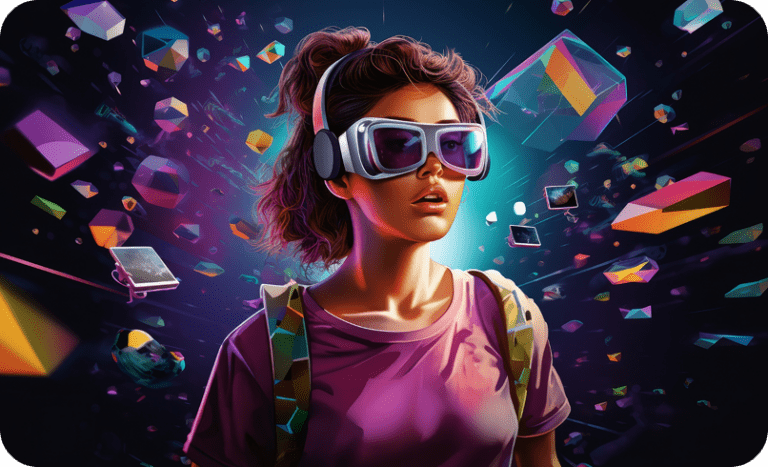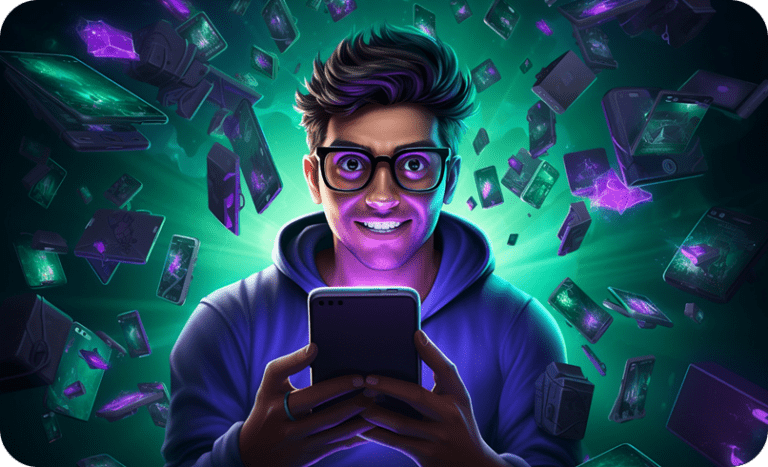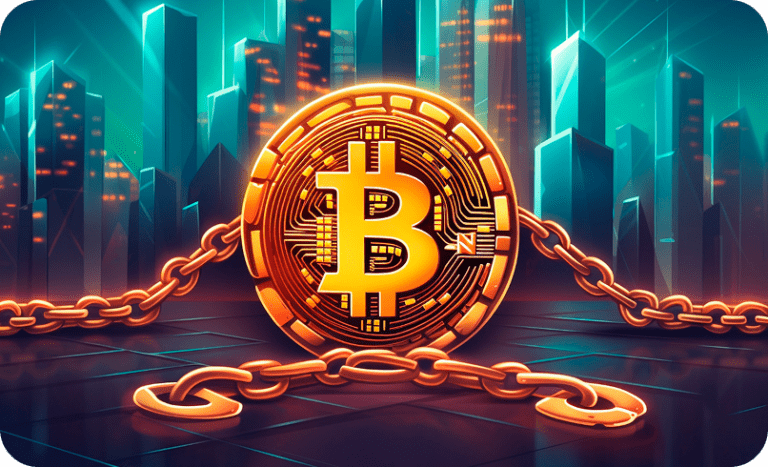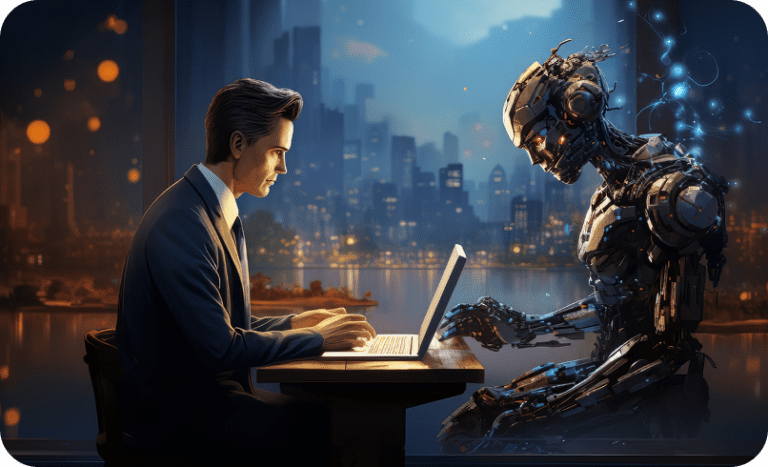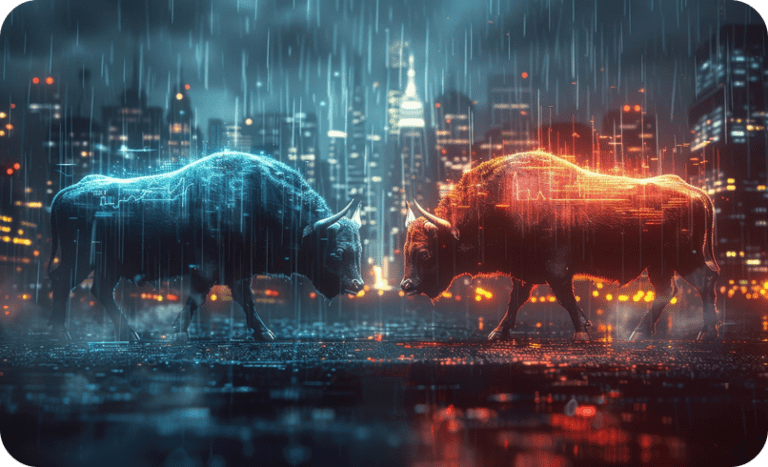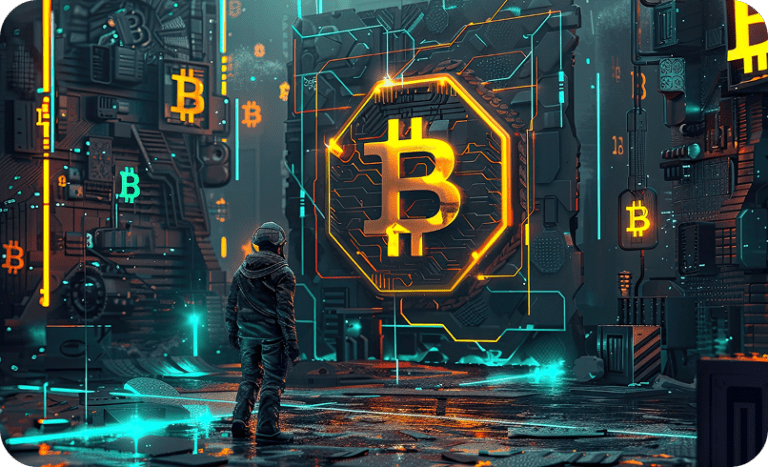
NFTs in 2025: Beyond Art and Hype—Real Utility Is Here
Summary:
In 2025, NFTs are no longer just about profile pictures or digital collectibles. They’ve grown into powerful tools for identity, access, ownership, and more. This blog explores how NFTs are transitioning from hype to real-world infrastructure—transforming industries from real estate to gaming.
Introduction: The Rise and Fall of the NFT Hype Cycle
NFTs took the world by storm in 2021 and 2022, becoming synonymous with expensive JPEGs and celebrity drops. But with the crash that followed, skepticism grew. The bubble burst, but what remained was the underlying blockchain technology—capable of far more than trading artwork. In 2025, NFTs are quietly powering innovation behind the scenes.
Utility 2.0: NFTs for Membership, Ticketing, and Identity
The true promise of NFTs lies in their utility. We now see brands issuing NFT-based membership passes, exclusive access tokens, and even event tickets that can’t be faked or scalped.
NFTs are also evolving into self-sovereign identity tools. Using an NFT wallet, users can carry credentials, certifications, or access rights across platforms—securely and verifiably.
Example: Starbucks’ Odyssey program uses NFTs to gamify customer loyalty while offering real-world rewards.
NFTs in Gaming & the Metaverse
The gaming industry has embraced NFTs as in-game assets that players truly own. No longer locked inside a game’s ecosystem, weapons, skins, and avatars can be traded, sold, or used across games.
In the Metaverse, NFTs serve as virtual land deeds, wearables, or even DAO voting tokens—blurring the line between entertainment and economics.
Real-World NFTs: Real Estate, Luxury Goods, Certification
Real-world applications are gaining ground:
- Real Estate: Tokenized property ownership lets users buy fractions of physical assets, with NFT deeds simplifying legal ownership.
- Luxury Goods: Brands use NFTs to verify authenticity, preventing counterfeiting.
- Certifications: Universities and organizations now issue degrees or licenses as NFTs—verifiable, portable, and immutable.
Insight: An NFT diploma can be shared directly from a wallet, with verification requiring no third-party institution.
Technical Innovations: Dynamic NFTs, ERC-6551 (Token Bound Accounts)
NFTs are no longer static. With Dynamic NFTs, metadata can change based on events or user actions (e.g., an NFT character leveling up over time).
ERC-6551 introduces Token Bound Accounts—NFTs that can own other assets or execute logic. This opens doors for more advanced use-cases like:
- Game characters managing inventories
- NFT identities holding DeFi assets
- Multi-level NFT ecosystems
How BitDecentro Helps Brands and Creators Launch Utility-Focused NFTs
BitDecentro empowers businesses to launch NFT projects with real-world value. From no-code NFT minting to smart contract development, BitDecentro helps:
- Create secure, scalable NFT ecosystems
- Integrate NFT utility across apps and websites
- Manage drops, royalties, and marketplaces
- Enable cross-chain and wallet compatibility
BitDecentro focuses on compliance, accessibility, and UX, making it easier for brands and creators to explore this next phase of NFTs.
Conclusion: NFTs Are Becoming Infrastructure, Not Collectibles
While the NFT hype may have faded, the underlying utility has just begun. In 2025, NFTs are quietly transforming how we prove, own, and access things—from games to goods, identities to real estate.
The future of NFTs lies not in speculation, but in functionality and value—and it’s already here.

